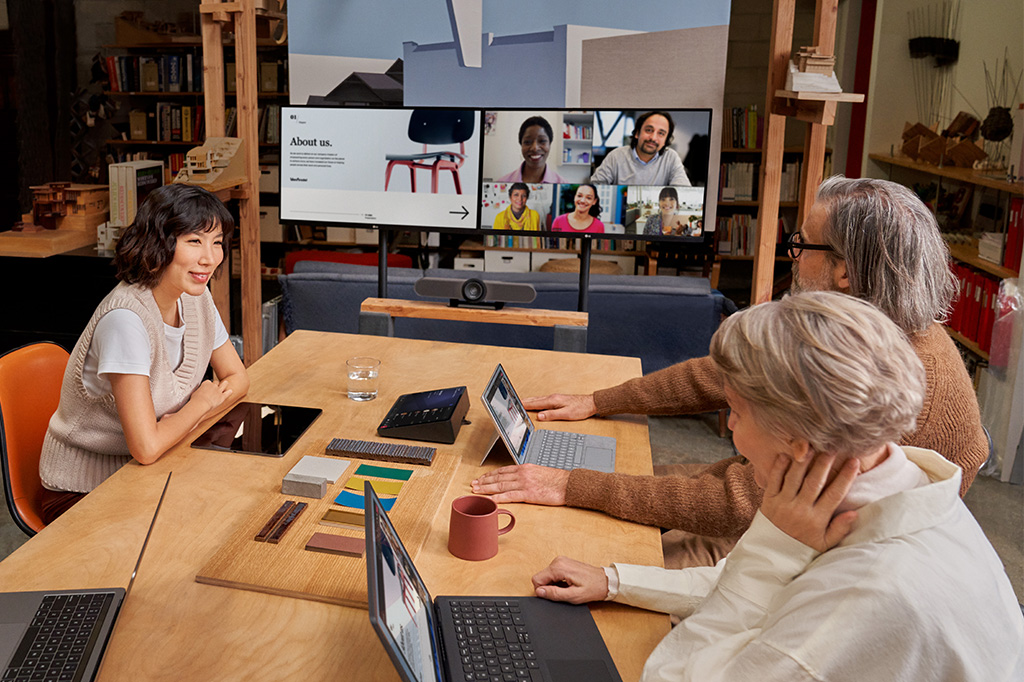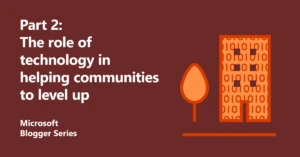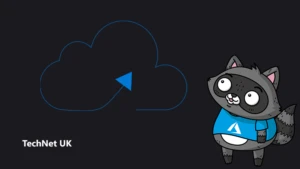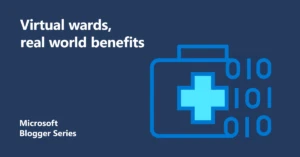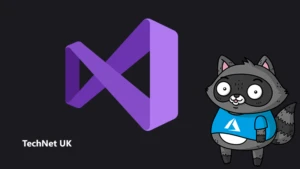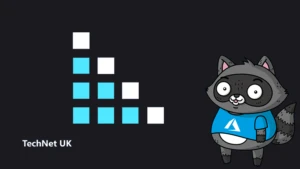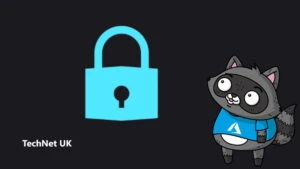Part 2: The role of technology in helping communities to level up
Previously, we explored how data sharing will help ICSs to level up their care. We looked at how improving collaboration and proliferating best practice will ensure all individuals – regardless of their circumstances – can access the highest quality services. Now, we’ll look at the role of technology in underpinning collaboration and in driving more

